Okra
Okra is a flowering plant known for its edible seed pods. It’s cultivated in warm and tropical climates, such as those in Africa and South Asia.
Sometimes referred to as “lady’s finger,” okra comes in two colors — red and green. Both varieties taste the same, and the red one turns green when cooked.
Biologically classified as a fruit, okra is generally utilized like a vegetable in cooking.
It’s frequently used in Southern American cuisine and a popular addition to gumbo. Yet, it can have a slimy texture, which some people find unappealing.
Though it’s not one of the most common foods, okra is packed with nutrition.
Description
Okra is rich in many nutrients and particularly high in vitamins C and K. This fruit is unique, as it provides protein, a nutrient that many other fruits and vegetables lack.
Okra is rich in antioxidants that may reduce your risk of serious diseases, prevent inflammation, and contribute to overall health. Most notably, it contains polyphenols that may contribute to heart and brain health.
Animal research suggests that okra may bind to cholesterol in your gut and lower blood cholesterol levels. It’s also rich in polyphenols, which fight harmful inflammation and protect your heart.
Okra contains a protein called lectin, which is being studied for its role in cancer prevention and treatment. More human research is needed.
Eating okra has been linked to blood sugar control. Yet, some research suggests that it may interfere with common diabetes medications.
Eating okra may help pregnant women meet their daily folate needs. Folate is important for preventing neural tube defects.
Okra can become slimy when cooked. To prevent this, follow the simple cooking methods above.



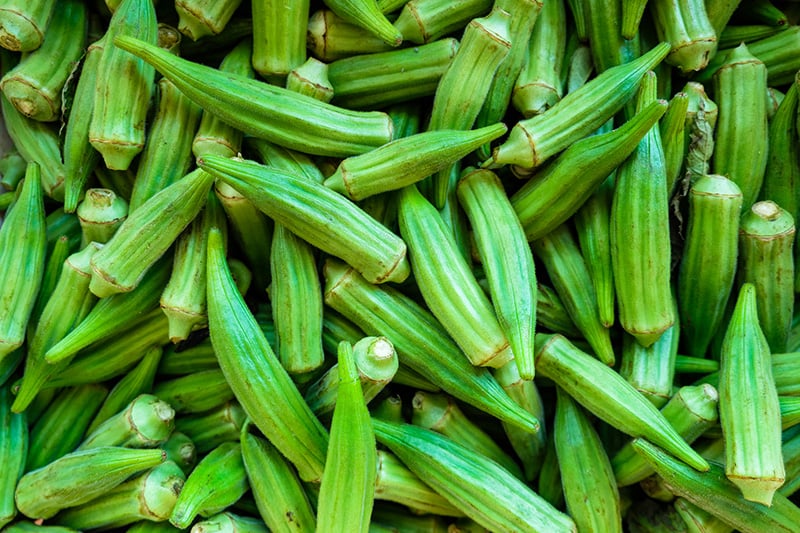
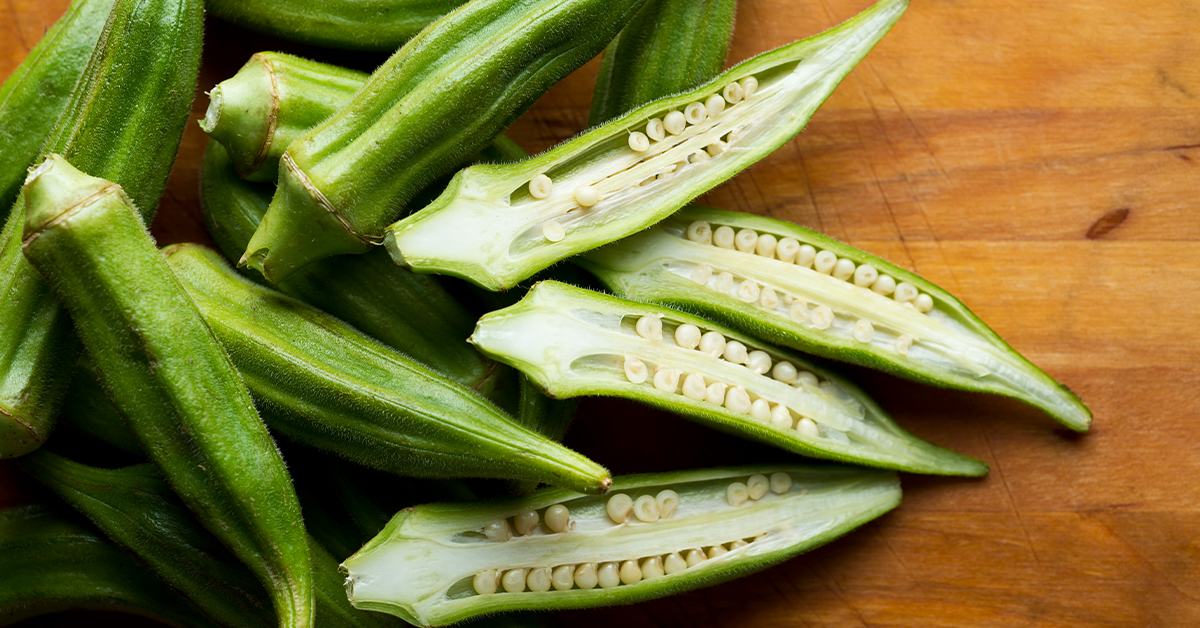

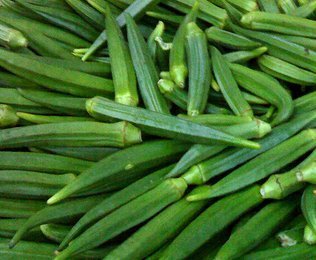
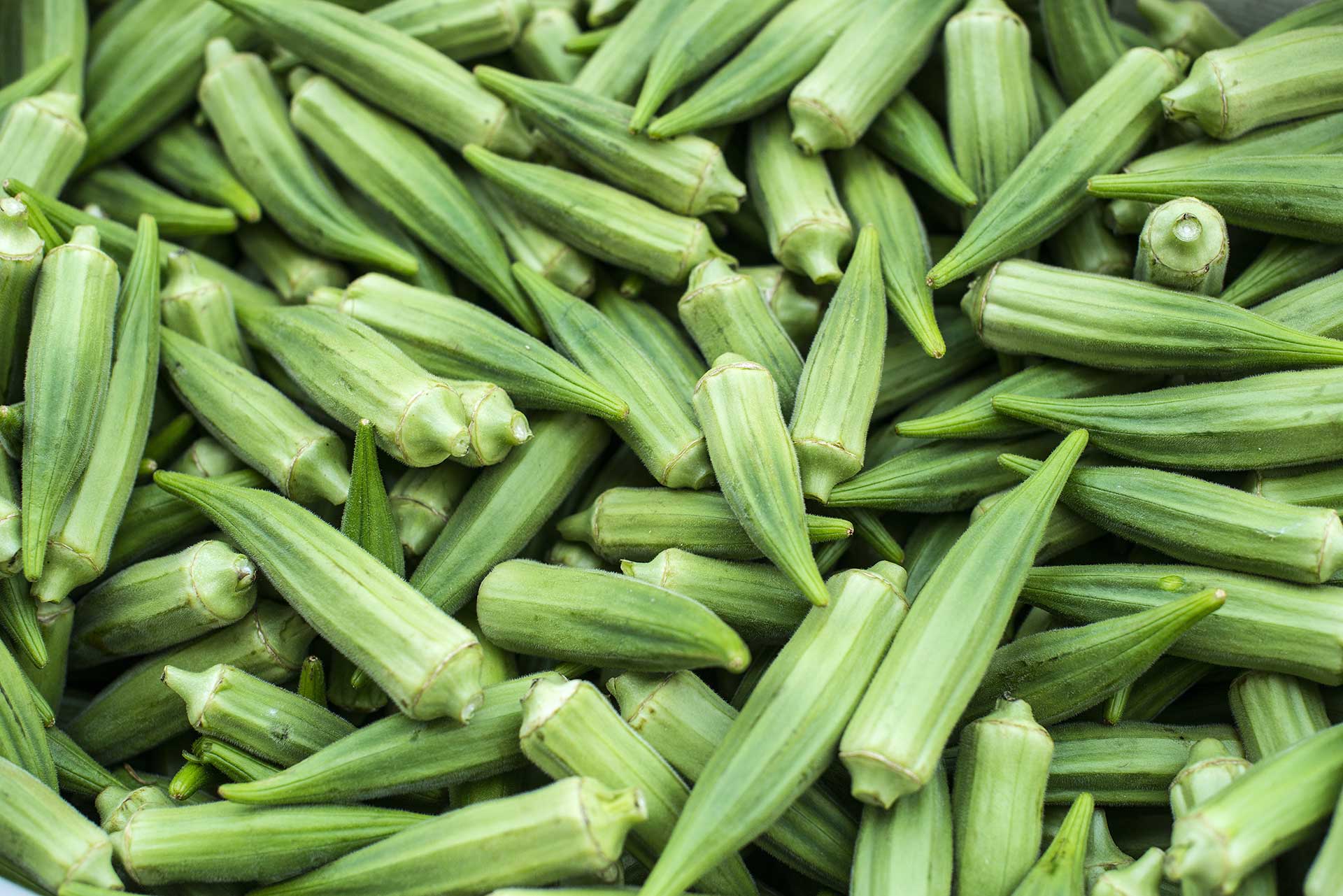

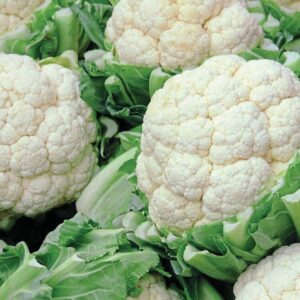

Reviews
There are no reviews yet.